Description of TPE groups from the perspective of associative socionics by analogy with the QUADRAS – Alpha, Beta, Gamma, and Delta.
TPE Groups are primary in relation to the well-known 4 socionics quadra. Id- quadra corresponds with Alfa; Ego – quadra corresponds with Beta; Superego-quadra is associated with Gamma; Superid – quadra with Delta.
Intertype relationships between the types in TPE – quadras are Congenerity, Cooperation, and Super-ego. Values of the types in TPE – quadras are determined not by the four functions of the blocks Ego and Superid in the Model A, but by a pair of functions which are called Programme and Role functions.
Type identification using TPE – group descriptions as a criteria includes the simultaneous verification by three basic dichotomies (extraversion-introversion, rationality (J) – irrationality (P) and statics – dynamics) and a pair of functions in the Model A. Such an approach in the psycho-diagnostics is more reliable and verifiable in comparison with the type identification by using the description of conventional quadras.
 Id – quadra is different from the others due to the pair of functions Ne+Se. Id-types are Huxley (IEE), Napoleon (SEE), Zhukov (SLE) and Don Quixote (ILE).
Id – quadra is different from the others due to the pair of functions Ne+Se. Id-types are Huxley (IEE), Napoleon (SEE), Zhukov (SLE) and Don Quixote (ILE).
The best way to describe this group of 4 types as a driving life force and libido. The id-types are explorers, full of new ideas (Ne) and at the same time, they have enough power to bring ideas to life, to push them through (Se). Life instinct manifests itself clearly in the power of nature, such as grass shining gently in rocky soil. Life force is a very powerful instinct of nature and stronger than the instinct of death. If this were not so, life on earth would cease to exist.
The main distinctive property of Id-types is to enjoy life itself, to rejoice and teach all the rest to rejoice over it, because it is interesting and fun to live. It is not necessary to control and change the external situation, it is also not necessary to carry the ideals of social rules and morals if nothing and nobody prevent you from personally being happy, enjoying life and doing what you love.
 Ego – quadra include types of Hamlet (EIE), Hugo (ESE), Jack London (LIE) and Stirlitz (LSE). The circle of life continues into the Ego-period. When life is established it brings significant changes to the environment. Ego-types are hardworking leaders. Having charisma and organizational skills, they actively intervene in the vital processes and shape the world around them, adjusting it for yourself. During this period, there are conflicts, clashes, wars. As Alexander Block wrote: “The whole life is fighting – we can only dream of the rest”. If we continue the analogy with nature, not everyone has his place under the sun. You have to fight for it. Ego-types are ready to overcome serious obstacles to prove their right to lead people.They have everything it takes to win: the power of emotions (Fe) and knowledge of the facts and objects, the objective laws (Te). This gives them the opportunity to successfully manipulate and modify objects surrounding them.
Ego – quadra include types of Hamlet (EIE), Hugo (ESE), Jack London (LIE) and Stirlitz (LSE). The circle of life continues into the Ego-period. When life is established it brings significant changes to the environment. Ego-types are hardworking leaders. Having charisma and organizational skills, they actively intervene in the vital processes and shape the world around them, adjusting it for yourself. During this period, there are conflicts, clashes, wars. As Alexander Block wrote: “The whole life is fighting – we can only dream of the rest”. If we continue the analogy with nature, not everyone has his place under the sun. You have to fight for it. Ego-types are ready to overcome serious obstacles to prove their right to lead people.They have everything it takes to win: the power of emotions (Fe) and knowledge of the facts and objects, the objective laws (Te). This gives them the opportunity to successfully manipulate and modify objects surrounding them.
The main distinctive property of Ego-types is the control over external conditions. They use their internal resources and energy to change the world in respect to their judgment. These are the most energetic leaders.
 Superego – quadra: Dostoevsky (EII), Dreiser (ESI), Gorky (LSI) and Robespierre (LII). Superego-values are closely associated with social values – morality and order. Particular attention is paid to the relationships, either relationship between people (ethics, Fi) or relationships between objects (logic, Ti). This is a fruitful period of life in type evolution history. It is characterized by acquiring wisdom and producing collective knowledge. Ego clashes are not welcome. All-human values, the economic use of the resources, the difference between right from wrong, teaching the younger generations how to live in peace and survive, accumulation of cultural values, traditions, religion are of greater importance. The main distinguishing feature of the Superego-types is to bear certain social norms, to preserve ideas and traditions for maintaining public order. They do not actively intervene and do not control, they show by their example, what society should be and what values should be. It can be said that the energy Superego represents the base, the foundation on which the society is built – the moral values, the law.
Superego – quadra: Dostoevsky (EII), Dreiser (ESI), Gorky (LSI) and Robespierre (LII). Superego-values are closely associated with social values – morality and order. Particular attention is paid to the relationships, either relationship between people (ethics, Fi) or relationships between objects (logic, Ti). This is a fruitful period of life in type evolution history. It is characterized by acquiring wisdom and producing collective knowledge. Ego clashes are not welcome. All-human values, the economic use of the resources, the difference between right from wrong, teaching the younger generations how to live in peace and survive, accumulation of cultural values, traditions, religion are of greater importance. The main distinguishing feature of the Superego-types is to bear certain social norms, to preserve ideas and traditions for maintaining public order. They do not actively intervene and do not control, they show by their example, what society should be and what values should be. It can be said that the energy Superego represents the base, the foundation on which the society is built – the moral values, the law.
 Superid – quadra relates to introverted sensing Si and intuition of time Ni and includes 4 types Gabin (SLI), Dumas (SEI) Yesenin (IEI) and Balzac (ILI). This is a retirement age in the evolution of quadra values. We are slowly coming to the end of earthly existence. As a plant, dying, enriches the soil with chemicals, so the people do not die in vain. Everything we do in life will help the future generations. During the Ego and Superego- periods person makes his own kind and everything that is necessary to sustain life. The time comes when the physical body wears out and requires replacement. This is a moment of truth, observation and reflection on the whole process of life. Superid-period is characterized by a mirror effect (when the real life is reflected in the past and the future) and warning: there is an end to existence – think twice before you act. No need to fuss and worry in vain, since you already at the top of the mountain. You’ve seen everything and done everything you know about everything. No fear of death. Emphasis is on the non-material existence and immortality. What is beyond the life? The world of imagination, inner peace t and eternity within yourself. The main distinguishing feature of the Superid-types is the ability to survive in the most unfavorable conditions, to be able to adapt to the constantly changing world. And this is what they teach all other types – self-preservation, adjustment to reality with a purpose of survival, the ability to lie down at the sea bottom and avoid being involved in the storm and destruction. Sometimes for this, it is necessary to plunge into hibernation or go deep into one’s own imagination and to create for oneself a subjective reality to escape.
Superid – quadra relates to introverted sensing Si and intuition of time Ni and includes 4 types Gabin (SLI), Dumas (SEI) Yesenin (IEI) and Balzac (ILI). This is a retirement age in the evolution of quadra values. We are slowly coming to the end of earthly existence. As a plant, dying, enriches the soil with chemicals, so the people do not die in vain. Everything we do in life will help the future generations. During the Ego and Superego- periods person makes his own kind and everything that is necessary to sustain life. The time comes when the physical body wears out and requires replacement. This is a moment of truth, observation and reflection on the whole process of life. Superid-period is characterized by a mirror effect (when the real life is reflected in the past and the future) and warning: there is an end to existence – think twice before you act. No need to fuss and worry in vain, since you already at the top of the mountain. You’ve seen everything and done everything you know about everything. No fear of death. Emphasis is on the non-material existence and immortality. What is beyond the life? The world of imagination, inner peace t and eternity within yourself. The main distinguishing feature of the Superid-types is the ability to survive in the most unfavorable conditions, to be able to adapt to the constantly changing world. And this is what they teach all other types – self-preservation, adjustment to reality with a purpose of survival, the ability to lie down at the sea bottom and avoid being involved in the storm and destruction. Sometimes for this, it is necessary to plunge into hibernation or go deep into one’s own imagination and to create for oneself a subjective reality to escape.
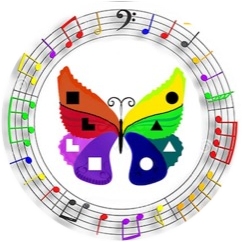



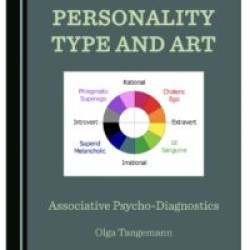
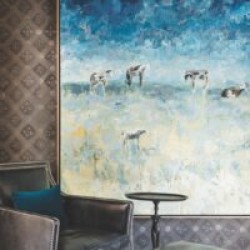

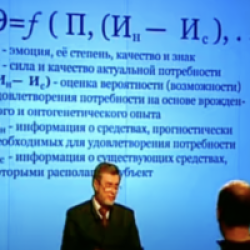
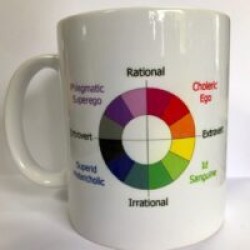
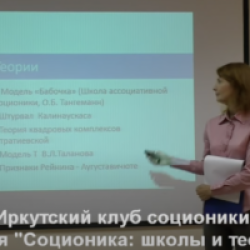
2 Responses
[…] теория АПД, и вы начинаете с очень простых статей. 1) http://socionics4you.com/post-2323 2) http://socionics4you.com/post-428 3) http://socionics4you.com/post-471 4) […]
[…] ТПЭ — группы […]